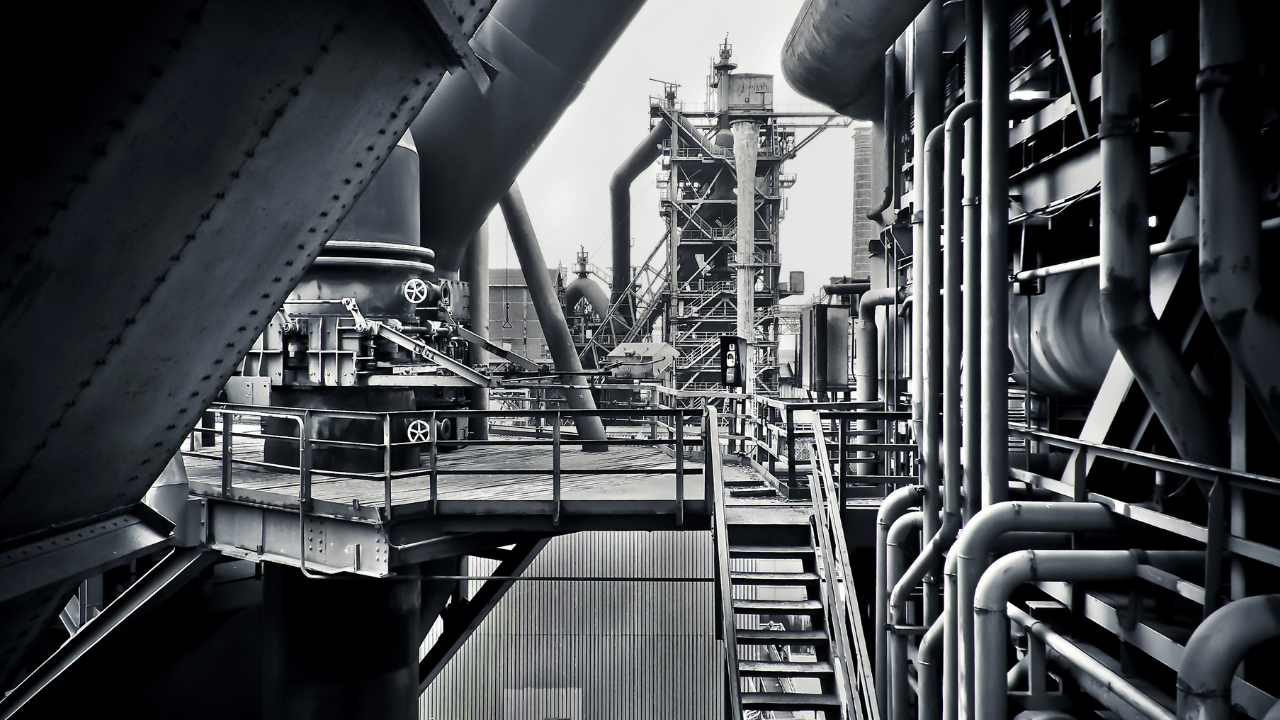Factory output up 16.5 percent in January
MANILA, Philippines—Factory output grew 16.5 percent year-on-year last January, reversing a 2021 drop as most manufacturing sectors posted production increases at the start of 2022.
January’s volume of production index (VoPI) — a proxy for factory-output growth — turned around from a 14.5-percent decline in the same month last year, according to the Philippine Statistics Authority’s (PSA) latest monthly integrated survey of selected industries (Missi) released on Wednesday (March 9).
But VoPI growth last January was slower than December 2021’s 21.3 percent.
The PSA said the production volume growth in January was driven by increases across 16 industries. The biggest jump of 88.4 percent year-on-year was posted by tobacco manufacturers. Excise slapped on cigarettes rose to P55 per pack this year from P50 a pack last year.
Another strong growth sector in terms of volume at the start of this year was the manufacture of wood, bamboo, cane, rattan articles and related products, which recorded an 86.8-percent increase in output.
Six manufacturing sectors posted year-on-year VoPI declines, the biggest of which was the 24.2-percent drop in manufacture of wearing apparel.
On value of production index (VaPI), PSA data showed that output in January grew 21.3 percent, reversing the 19.5-percent decline in 2021 but slower than December’s 22.1-percent growth.
Of 22 industries being monitored by the PSA’s Missi report, 19 registered VaPI increases in January, with the tobacco manufacturing sector’s 88.1-percent jump leading the pack.
Similar to their VoPI performance, the production value drop of 22.4 percent among clothes manufacturers was the worst at the start of 2022.
PSA data showed that both VoPI and VaPI sustained growth since April 2021 or a 10-month streak, although the pace of expansion was slowing due to waning base effects from the most stringent lockdowns at the onset of the pandemic in 2020, when manufacturing and transport of non-essential goods nearly ground to a halt because of movement restrictions to stop the spread of COVID-19.
Despite the Omicron surge that reverted most parts of the country to stricter alert level 3 restrictions in January, factories’ average capacity utilization inched up to 67.9 percent from 67.4 percent last December.
“There were 20 out of 22 industry divisions with more than 50-percent average capacity utilization rate, led by manufacture of other non-metallic mineral products (84.2 percent), manufacture of basic pharmaceutical products and pharmaceutical preparations (79 percent), and manufacture of furniture (78.8 percent),” the PSA said.
“The proportion of establishments that operated at full capacity (90-100 percent) was 17.8 percent of the total. Meanwhile, 34.3 percent operated at 70-89 percent capacity, while 47.9 percent operated below 70-percent capacity,” the PSA added.

